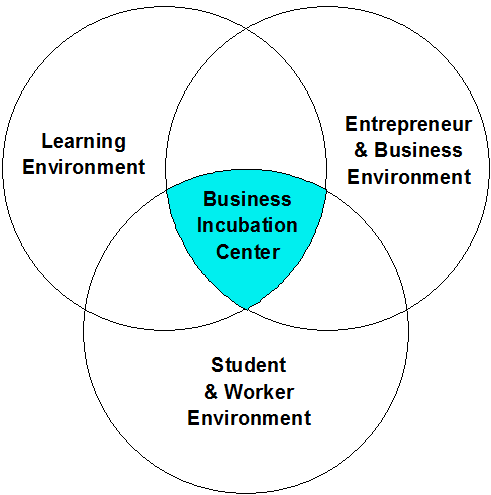As If – Four Steps For Getting and Using Feedback
Join us in New York October 13-15 at Project Summit *Business Analyst World where Kupe is a keynote speaker. Spaces still available! Don’t miss your chance to see this amazing presentation – Register Today!
As if you thought it was impossible to associate the complexity of business analysis with the simplicity of Clueless, I’ve done it!
No matter who you are, what you know or what you can do for your company, knowing how to request and manage feedback is one of the most important skills you will need in order to continue to grow and improve. Using this “AS IF” technique, I’ll guide you through the four steps for requesting, receiving, implementing and following up on feedback.
I’m going to talk about a four part system that will help you get the feedback you need.
- Ask for feedback
- Say “thank you.”
- Implement the feedback
- Feedback on the Feedback
The first step is asking for feedback. Nine out of ten people don’t give you the feedback you need in order to improve, so you have to ask them: what you did well, what you didn’t do so well, and where you can improve. It’s not natural for people just to throw out advice that you need, so make sure you ask. Start with people you trust, people you know, people that have your best interest at heart.
Step two is just say “thank you.” Don’t get all defensive. Feedback is a personal attack…or it feels like that. So it’s gonna hurt. But don’t come up with excuse after excuse of why you did something. Just say “thank you.” Then go off in the corner, if you have to, and start to cry. (But don’t do it in front of the person that gave you the feedback.) You know the old saying, “no pain, no gain.” Feedback is a little painful but you need it to really move forward and improve.
Okay. So now that you’ve recovered from the pain, the third step in the process is implementing the feedback. Sit back and really think about what you can do with the advice that person gave you. How are you going to implement this? What are you going to do differently? How are you going to change your behaviors? How are you going to improve?
The fourth step is to give feedback on the feedback. Go back to the person and say “Thank you again for that feedback! Here’s what I’m doing: I’m going to do one, two, and three differently going forward…”
By getting your feedback on the feedback, the person realizes that not only did you take the time to listen to them, you took time to think about how you’re going to implement and actually change. And the next time you go to that person they’re more apt to give you the feedback you need.
Now there’s a caveat with number three. What if you sit back and think about it, take that advice, and try to figure out how you’re going to implement it, and it doesn’t feel right?
You know yourself the best, so it’s okay not to implement the feedback. You can decide, “You know what? That’s not who I am, and that’s not where I want to go.”
Now you still need to give feedback on the feedback. Go back to the person and say, “I listened to you. I thought about it, but it’s not right for me. The advice you gave doesn’t fit with where I want to go.”
So it’s okay not to implement the feedback. Just give feedback on it. The reason you still do step four, feedback on the feedback, is that you don’t want people to see you in a similar situation doing the same thing after they took the time to give you advice. You didn’t do anything with it, so why would they give you any advice in the future? Does that make sense?
Okay so here’s a little example from my real world.
I do a lot of keynote presentations, and I’m always asking people to give me feedback. Somebody told me once, “Kupe, you say ‘gotta,’ ‘gonna’ and other kind of slang words here and there, and you really have to take that out of your speech.”
I said “Thank you,” and I thought about it, and I realized that in my approach to speaking, I want to be me. I want to be flexible up there…transparent. I want to be who I am. If I had to think about every single word I said, then I would get more robotic and it wouldn’t be me. So I decided not to implement that feedback.
I went back to the person and said “Hey, I’ve gotta tell you something,”
(And hopefully by now you got the joke…I gotta tell you something). “I’m not gonna implement your feedback, and here’s why…”
Does that make sense? That way the next time they saw me speak, and they heard me say “gotta” and “gonna,” they wouldn’t be upset. They would get it.
So I hope this is helpful. Please share with all your friends and your team, and start to improve. You’re awesome, and here’s to your improvement!
Now, it’s your turn – ask a co-worker, your boss or a friend (yes, this can be used in your personal life too) something about a recent project, task or situation to start implementing your own feedback system today. From there, keep asking questions and don’t forget to close the circle and give feedback on the feedback! For a few more tips on some subtle aspects of feedback that are important to keep in mind, take a look at our Instructor and Agile Practice Lead, Kent’s, new The Power of Feedback blog post.
Speaking of feedback…we know your inbox is full and we don’t want to create content just to have something to send you. Let us know what we can provide to help you the most: 3 Quick Questions. Thank you.
And be sure to let me know your thoughts on feedback below!
All the best,
– Kupe
*reprinted with permission from the author




 It is widely accepted that the elicitation of complete requirements during project ideation is very unlikely except in the simplest of projects. There are a number of internal and external factors that affect the solution and its clarity that often change during the project life span that accounts for this. The environment is dynamic. It doesn’t stand still just because you are managing a project! These factors create process challenges that can be mitigated by a simple change in the definition we use for a requirement. This simple change of definition simplifies many of the project management process problems and improves the likelihood of delivering the expected business value.
It is widely accepted that the elicitation of complete requirements during project ideation is very unlikely except in the simplest of projects. There are a number of internal and external factors that affect the solution and its clarity that often change during the project life span that accounts for this. The environment is dynamic. It doesn’t stand still just because you are managing a project! These factors create process challenges that can be mitigated by a simple change in the definition we use for a requirement. This simple change of definition simplifies many of the project management process problems and improves the likelihood of delivering the expected business value.